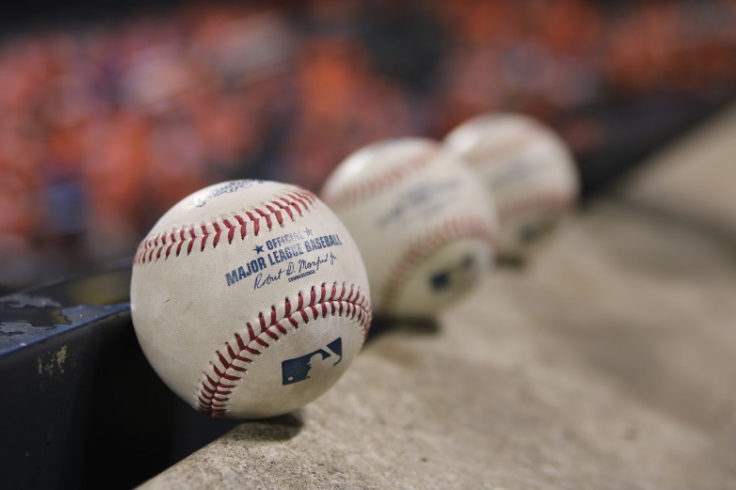Over the past couple of years, baseball has experimented with different ways to try and speed up play and implement technology to make the game easier on umpires. These changes are usually tested down at the minor league system and then work their way up to the Major League Baseball (MLB) level if they prove productive. For example, Triple-A uses robotic umpires in some leagues to call balls and strikes, not humans. The pitch clock idea also started down in the farm system.
After meeting to evaluate their impact, Triple-A is making some changes regarding their rules, which are set to take place during the 2024 season.
Rule Details
The new alteration primarily concerns the strike zone, introducing a more player-specific model and replacing the previous one-size-fits-all approach. This shift means the strike zone in Triple-A games will now adapt according to the individual batter’s height rather than relying on an overall average.
The old system utilized two-dimensional robotic strike zones that used the average of batter heights, with the strike zone’s top edge calculated as 51 percent of a batter’s height, which was reduced from the previous 56 percent. The decision of balls and strikes was based on where the pitched ball crossed the plate’s midpoint.
The new system, however, is a technological marvel. It employs data from the Hawk-Eye pose-tracking system to calculate individual player measurements. The strike zone’s bottom will be aligned with the batter’s back knee, and the top will be set at 5½ inches above the midpoint of the batter’s hips measurement. This innovative alteration is expected to add approximately half an inch to the top of the automated strike zone, bringing a new level of precision and fairness to the game.
Uniform Pitch Clock
Another notable aspect of the AAA rule change is the introduction of the uniform 17-second pitch clock. This pioneering amendment aims to streamline the pace, offering a consistent rhythm to each Triple-A game.
This past season, the Triple-A clock system allowed for 14 seconds with cleared bases and extended to 19 seconds when a runner was on base. This varied time limit added an extra layer of complexity to the gameplay. In contrast, MLB currently uses a 15-second clock with empty bases and a 20-second clock when runners are on base.
The new 17-second rule, however, will provide a uniform timeline for all pitchers, regardless of the game situation. This amendment is expected to enforce a brisk pace of play, fostering a more dynamic and engaging spectator experience.
MLB will closely monitor the impact of these changes in the Triple-A games. The minor leagues have traditionally served as an experimental ground for new rules before implementing them at the top level. Given this trend, we may see the introduction of the 17-second rule, although there may be some hesitancy concerning using robotic umpires to call games.
Effect on Gameplay
The AAA rule change is a procedural alteration and a significant shift in the game’s rhythm and strategy. In particular, the implications of the 17-second pitch clock and individualized strike zone promise to redefine the game’s dynamics, ushering in a new era of fast-paced, strategic baseball.
Firstly, the uniform pitch clock will undoubtedly inject swifter pacing into the game, much like it has in MLB, creating a more streamlined and dynamic viewing experience. This faster pace could result in players having less time to strategize between pitches, potentially leading to increased unpredictability and excitement during play.
On the other hand, introducing the Hawk-Eye pose-tracking system to determine each batter’s unique strike zone is expected to add a strategic layer to the game. Batters and pitchers must adjust their tactics according to the individualized strike zones. This could further diversify the game strategies and create more nuanced gameplay. The new system will encourage fairness, reducing potential disputes over ball and strike calls.
Moreover, the influence of these changes on the FanDuel MLB odds cannot be understated. Predictions and betting strategies may need to be reconfigured to account for these changes. The MLB continues to adapt and innovate, ensuring that baseball remains America’s favorite pastime.


